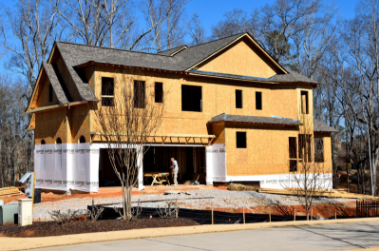The Future For American Homes
One thing most people have in common is the desire to have a perfect home. A home, being simply not a house, but a place where people can relax and be private from the outside world. Thus, a home is a place people want to be just right; finding what they want in either an apartment, newly built house, or existing house.
First, it is a fact that 2 in 5 people prefer a newly constructed home rather than an existing home. Home buyers appreciate the benefits of flexibility with customization, new technology, current design styles, and the lack of the need for maintenance. Open floor-plan, large eat-in kitchens, and a large master suite are major concerns for people and new constructions provide it while older homes naturally have older design styles. If the stated factors are desired in a home buyer’s mind, renovation is required and it could be easier just to buy a new home. Older homes also can require a lot of maintenance if they have fallen into disrepair- expensive and daunting tasks such as smoothing plaster walls and ceilings, sanding and restaining floors, and putting in insulation may all be necessary. On the other hand, new homes can cost more than a respective existing home, a family friendly and quaint neighborhood may not be available if in a developing area, and the land will not be as mature with trees and grass (Forbes). While new homes can prevent the upkeep needed for older existing homes, it requires the attention to problems like baby grass which is delicate and fickle (Homes.com).
Along with the specific desire of someone looking for a home comes the limitation of availability. It is hard to say whether there is or is not enough homes to keep up with demand. CNBC says, “The answer is that certain segments of the market are thriving while others are stalled and certain locations are thriving while others are stalled” (CNBC). Vacancy rates for houses have raised since 2000 and income growth is said to have helped the demand for the expensive new homes being built. Despite this, instead of supply not being able to keep up with demand, demand cannot keep up with supply.
While the sales for homes continue to struggle, multi and single family homes for rent seem to be thriving. The multi-family units seem to be in high demand after being sold very quickly, also supporting the idea that renting seems to be appealing to many. Meanwhile, there are many single family home renters who appear to be renting for considerable amounts of times, just further proving the previously stated point. As mentioned, area is a key part in what decides if the housing market will thrive or not. Being so, with this factor and determining who the production is marketing towards, building companies attempt to appeal to their clientele but with the constantly changing economy, it is hard to make a correct assumption (CNBC).
